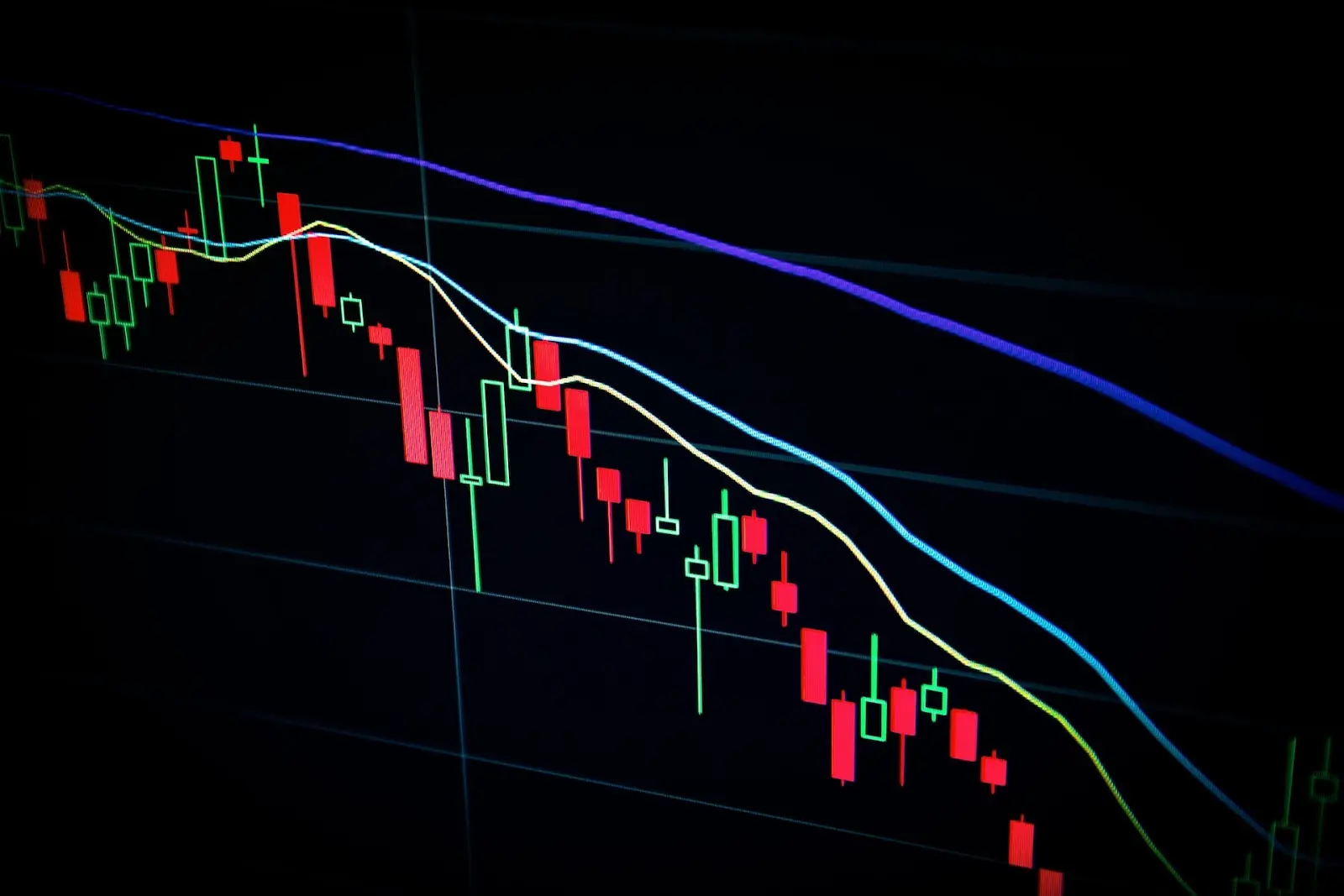Fully Diluted Value Market Cap in Crypto: Is It a Good Metric?

crypto basics
The cryptocurrency market is a complex and intricate ecosystem. As a result, people have invented many different metrics and indicators to make navigating such an elaborate space easier. Among numerous signs and indexes with various use cases, fully diluted value in crypto is the one that’s often surrounded by a lot of debate.
On the surface, fully diluted valuation (FLV) is easy to calculate, resulting in a simple projected financial worth of a digital asset. However, savvy traders and investors can usually extract more information from this type of data.
But is that information worth it, and is a fully diluted valuation of a crypto asset or project a helpful metric to you? That’s what we’re going to answer in this article, so let’s get started!
What Is a Fully Diluted Value in Crypto?

A fully diluted value in crypto is a metric that shows the total hypothetical value of a cryptocurrency asset, assuming all of the coins or tokens are released into circulation. Simply put, FDV is calculated under the assumption of a theoretical future scenario after all crypto has been issued.
Many cryptocurrencies feature mechanisms for introducing coins and tokens into circulation over time. Bitcoin, for example, is a proof-of-work network that rewards miners for each new block of bundled transactions added to the chain.
The initial block reward was 50 BTC, but after several halvings, that number dropped to 6.25. At the current rate, the last Bitcoin is projected to be introduced into circulation around the year 2140. As a result, FDV can give current holders a look at the broader picture and where BTC might be in a decade or even a century.
However, FDV is much more often used with newer crypto projects and startup companies that issue tokens for various purposes. It can help investors understand the long-term potential and value of an up-and-coming DeFi platform, protocol, or service.
A lot of these crypto companies release a small portion of their token’s total supply at launch. The rest is set to be earned by mining or staking or released after vesting periods. These values can be obtained from project documentation or smart contract details.
Early investors can use them to wager whether the project is undervalued or overvalued in its current state. By examining the current token price and using FDV to predict potential prices in the future, they can make smarter investment decisions. For instance, if the plan is to introduce a lot of tokens into circulation and the demand is not there, the price is likely to drop.
How Is Fully Diluted Value Calculated?
A fully diluted value of a cryptocurrency is calculated by multiplying its total supply by the price of a single token. Here’s what the formula looks like:
Let’s test the formula with the example of the most popular cryptocurrency and the biggest one by market cap, Bitcoin. At the moment of writing this article, one BTC is worth $37,660, and while there are 19,557,050 in circulation, the maximum supply is 21,000,000. That results in the following equation:
As you can see, Bitcoin’s fully diluted value is around $790.9 billion. However, that number constantly changes as the price of BTC increases or decreases. During the last bull run, Bitcoin reached an all-time high price of $68,789. At that point, its FDV was more than $1,444.5 billion, which is almost twice as much as it is today.
On the other hand, calculating fully diluted value doesn’t make sense for cryptos that don’t have a maximum market cap, like Ethereum. As such, ETH is considered “fully diluted,” and its current market capitalization is also its FDV. On top of that, since Ethereum features burning and staking mechanisms, its market cap and FDV constantly change regardless of the price.
What Is Market Cap in Crypto?
In crypto, market cap (short for market capitalization) is a metric used to measure a currency’s current size and value. It’s calculated by multiplying the number of assets in circulation by the value of a single coin or token. Here’s the formula:
Market cap is one of the most commonly used metrics in the crypto sphere. It’s often applied to sort cryptocurrencies and make market comparisons. The metric provides crypto enthusiasts with a brief overview of the cryptocurrency's current state, indicating the asset's demand and interest.
Using the example of Bitcoin once more, its current circulating supply is 19,557,206. Using the formula and multiplying that value by the price of a single BTC, we get that the current Bitcoin market cap is $736.5 billion.
In general, market capitalization is a strong indicator of the cryptocurrency’s value, importance, and stability. Large-cap cryptocurrencies, like BTC, ETH, and XRP, are considered stable, and their adoption is high. On the other hand, low-cap altcoins can be highly volatile and far less established.
That makes low-cap altcoins highly speculative investments with huge upside potential but also a risk of dropping down in price. Large-cap crypto offers a more stable environment where gains are lower, but so is the danger.
Market Cap vs. Fully Diluted Value

Market cap and fully diluted value are analogous crypto metrics and are even calculated in a similar manner, but they serve entirely different purposes. Here are some of the key differences between these two indicators:
- Time frame. Market capitalization provides a snapshot of a cryptocurrency’s present state and its current value. Fully diluted value gives a theoretical projection of what that value might be in the future once all tokens have been released.
- Formula. You get market cap as a product of multiplying the token price with its current circulating supply. To obtain the FDV value, you need to use the token’s total supply instead.
- Relevance. Market cap helps investors evaluate current market conditions, including the performance and popularity of cryptocurrencies. On the other hand, FDV deals with the potential of a crypto project and whether its price might go up or down as it develops.
Ultimately, all differences between these two metrics come from the fact that the market cap looks at circulating supply and the FDV uses total supply. That makes market capitalization a more direct indicator and an excellent tool for real-time analysis. It is also a more precise indicator of the two since it involves less speculation and relies more on tangible data.
Crypto’s fully diluted value is helpful in making predictions and trying to evaluate projects and digital currencies over the long term. It’s often employed when examining new, relatively low-cap altcoins that have only been partly released. However, the information gained might not be reliable on its own, and users are advised to combine FDV with other analyses and indicators.
Advantages & Risks of FDV
Fully diluted value in crypto is not a foolproof metric, and while it has advantages, it also comes with some risks.
Let’s start with the pros of FDV:
- Long-term view. The crypto sphere is incredibly volatile, and massive shifts can happen even on an hourly basis. In such a capricious space, it can be extremely valuable to gain some idea of what might happen in the future and in which direction a digital currency is heading.
- Investment-related decision-making. A broad picture of the cryptocurrency’s total circulation and potential value can help you decide whether to invest in it. For instance, suboptimal FDV metrics can indicate scalability issues and problems with long-term value.
- Comparative analysis. By comparing fully diluted crypto evaluations of different assets, you can get a good idea of how the market operates. It also helps to analyze historical data and previous FDV values of similar cryptocurrencies to predict the future movement of the asset you’re interested in.
Now, here are some of the risks associated with FDV:
- Speculative metric. The volatility of the crypto market makes FDV highly speculative. Its value changes constantly, and these shifts get bigger the less prominent the altcoin is. That makes the metric more theoretical than concrete.
- Potential for miscalculation. This issue is more prominent in the earlier stages of project development. With fewer tokens in circulation, it can be challenging to determine the cryptocurrency’s value in the future, as future token releases can heavily impact its growth.
Is Fully Diluted Market Cap a Good Valuation Metric?
A fully diluted market cap can be a good valuation metric in some instances. It’s not a be-all and end-all indicator that can singlehandedly predict market movement, but it can be useful when considered in tandem with other information.
Many investors follow the general guideline that it’s considered bad if an FDV is more than ten times larger than the cryptocurrency’s current market cap. Still, the theoretical nature of the metric limits its applicability in real time. A project isn’t necessarily going to fail simply due to its poor fully diluted valuation.
On the other hand, a good FDV ratio doesn’t guarantee the project to be a success. A quick increase or decrease in price or a release of a new batch of tokens can completely shift FDV in a day.
The bottom line is that FDV is best used in combination with other metrics. For a broader—and likely more accurate—market analysis, one should supplement their research by considering the current market cap, trading volume, project goals, the team behind it, and more. FDV makes for a good starting point and a part of a larger equation in the fundamental analysis.
Key Takeaways
While it’s difficult to predict what will happen with the cryptocurrency landscape in the future, a fully diluted valuation metric is a good start. In a space where prices of coins and tokens can go up and down several times over short periods, it’s vital to have some insight into what might happen down the road.
FDV might not be the ultimate indicator or an infallible metric, but the information it provides can help in combination with various other bits of data. Whether you’re an aspiring new investor or a field veteran, understanding and examining FDV, especially in more recent projects, can help you gain a valuable edge on the market!